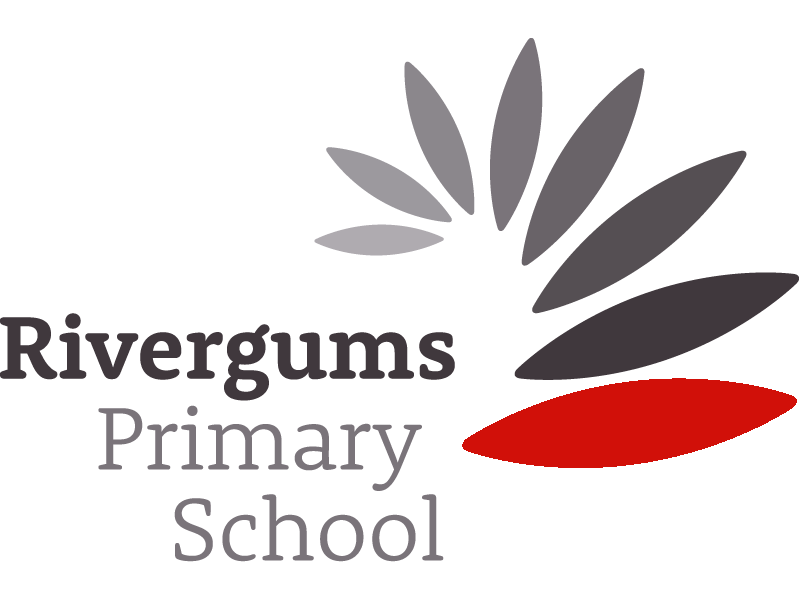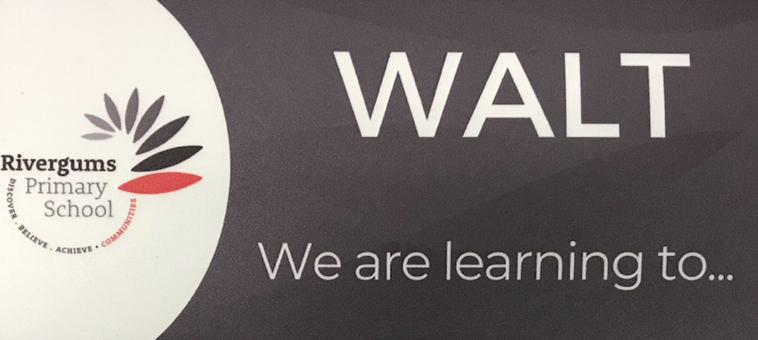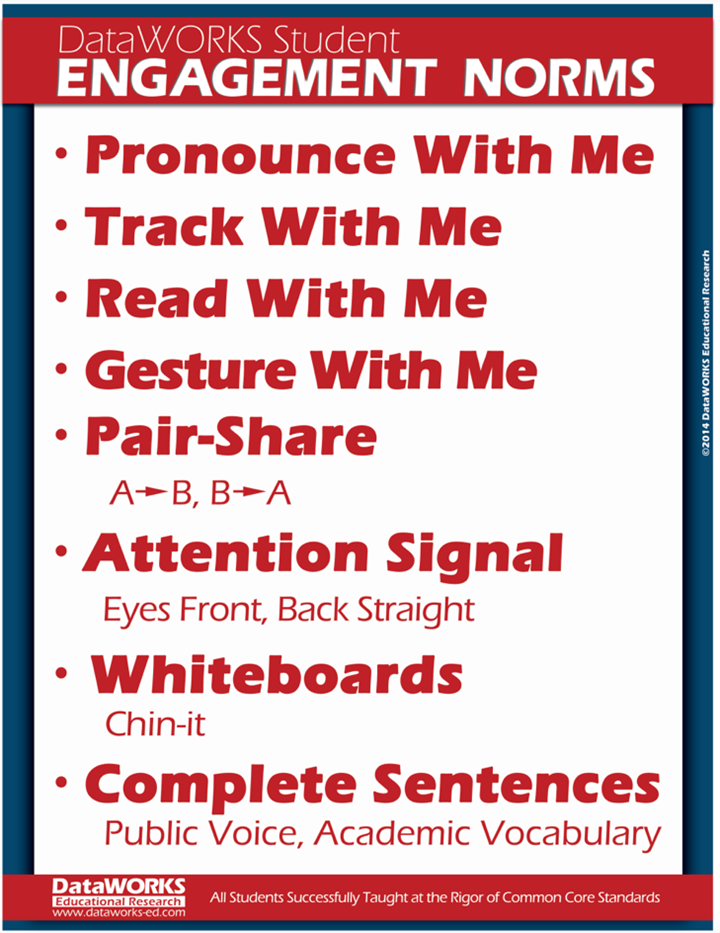At Rivergums Primary School, we believe in the mantra ‘Every Student, every classroom, every day.’
The Rivergums Primary School Instructional Model is underpinned by EDI (Explicit Direct Instruction). This explicit teaching approach clearly shows students what to do and how to do it, rather than asking students to discover or construct information for themselves.
Explicit instruction is an approach to teaching where the teacher;
- Decides on the learning intentions and success criteria;
- Demonstrates them by modelling;
- Checks for understanding, during and at the end of each lesson; and
- Revisits what was covered and ties it all together. (Hattie, J. 2009)
It is characterised by carefully planned and sequenced lessons; frequent and systematic monitoring of student progress; and frequent feedback to students.
The Rivergums Primary School Instructional Model
Our instructional model encompasses Kindergarten to Year 6, and across all key learning areas, focusing on English and Mathematics. It underpins teaching and learning practices both in the academic and wellbeing spheres. Our model ensures teaching is structured and focused on the learning needs of each student; significantly improving achievement for all learners.
WALT and WILF
When teachers adopt explicit teaching practices, they clearly show students what to do and how to do it. Each lesson has a learning intention “We are learning to” (WALT) and success criteria “What I’m looking for” (WILF), that students are able to clearly understand and articulate.
Checking for Understanding (TAPPLE)
During explicit teaching lessons, teachers teach and check for understanding using the acronym TAPPLE. This acronym is broken into the following steps.
Teach First:
Teachers teach the new concept, stopping frequently (every couple of minutes) to ask specific questions to confirm the teaching is effective/the concept is clear to students.
Ask a Specific Question About what you just Taught
Teachers ask questions that require a response from students to indicate that they understand.
Pause or Pair-Share:
Students are provided with sufficient wait time to allow them to think. Where full sentence responses are requested, the teacher provides a model using academic and content vocabulary.
Pick a Non-Volunteer:
Students are selected using a randomised method (like pop sticks) after asking the question, so everyone’s brain is switched on and prepared to answer.
Listen to the Response:
Teachers will listen to the response to determine if the answer is correct, partially correct or wrong.
Effective Feedback:
Teachers will provide appropriate feedback immediately by either echoing student responses, elaborating on the response, or explaining the correct answer. Teachers will make instructional decisions depending on the student responses; re-teaching concepts is 80% mastery across the class has not been achieved.
Engagement Norms
Teachers utilise ‘engagement norms’ to motivate students and hold them accountable for their learning.
Engagement Norms ensure children are doing something every few minutes, whether it be a discussion with a partner, reading text aloud, showing responses on a whiteboard or gesturing. These norms are designed to keep students actively engaged in their learning.
Examples of engagement norms include:
- Series of higher-order questions posed throughout the lesson;
- Students ‘pair-sharing’ their responses or organising ideas and allowing all students to actively participate;
- Calling on non-volunteers to check for understanding;
- Use of individual mini-whiteboards for immediate teacher feedback;
- Students justifying their responses using content vocabulary;
- Teacher correcting responses at point of need;
- Reading and tracking the text with the teacher;
- Adding actions or gestures to assist with retention of definitions.
The Rivergums Primary School instructional model is based on the works of:
Hollingsworth and Ybarra (2009) Explicit Direct Instruction (EDI): The power of the well-crafted, well-taught lesson.





